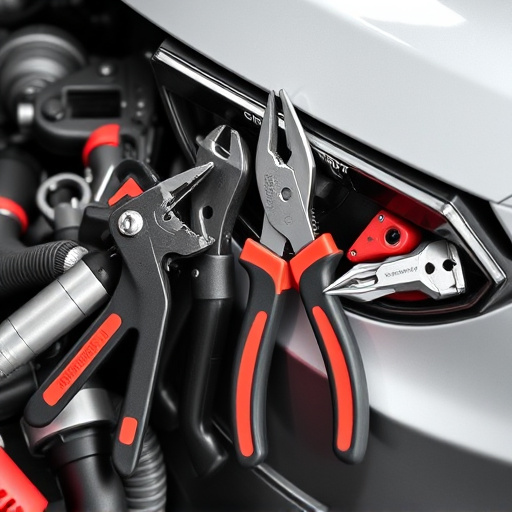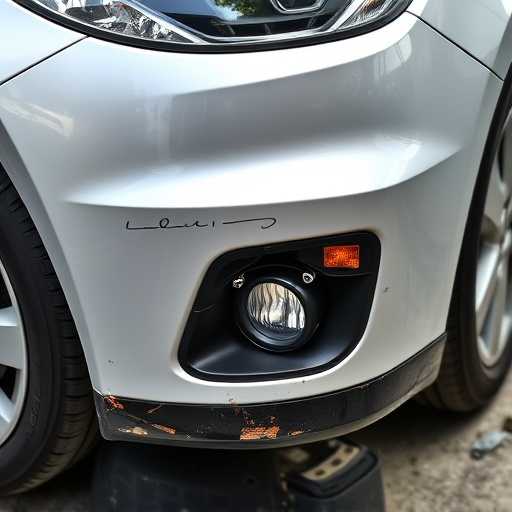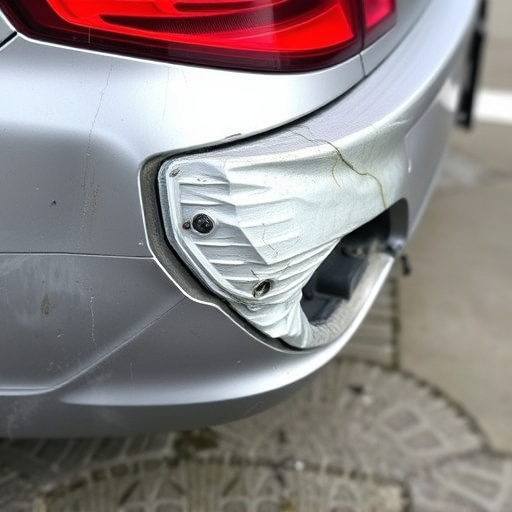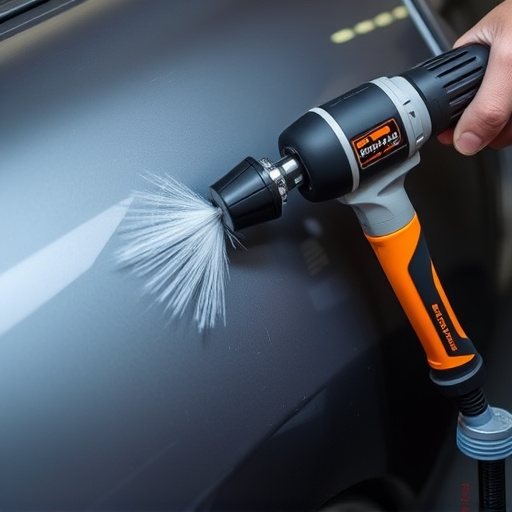Mercedes lane assist recalibration ensures vehicle safety and stability by adjusting the system to enhance performance in maintaining the car within its lane. This is crucial due to sensor drift caused by wear or damage over time. Accurate recalibration requires strategic resets of steering wheel sensors, using specialized tools, for reliable data tracking and improved safety, especially with advanced driver-assistance technologies. Regular tire services and professional collision repair are recommended for optimal driving dynamics.
Mercedes Lane Assist is a cutting-edge driver assistance system, but occasional recalibration may be necessary. This process, which includes resetting the steering angle sensor, ensures optimal performance and safety. This article guides you through understanding why and how to perform Mercedes lane assist recalibration, providing a step-by-step approach for a successful reset of your vehicle’s critical sensors.
- Understanding Mercedes Lane Assist Recalibration
- Why Steering Angle Sensor Reset is Crucial
- Step-by-Step Guide to Recalibration Process
Understanding Mercedes Lane Assist Recalibration

Mercedes Lane Assist Recalibration is a crucial process that ensures your vehicle’s safety and stability while driving. It involves adjusting and resetting the system to enhance its performance, particularly in maintaining the car within its lane. This recalibration is necessary when certain components, especially the steering angle sensor, require adjustments due to wear or damage over time. By accurately calibrating the Lane Assist system, drivers can benefit from improved handling and a reduced risk of accidents.
The process includes advanced diagnostics to identify any issues with the sensors and other related systems. Once detected, a reset is performed, correcting any deviations in sensor readings. This is particularly important for maintaining the vehicle’s alignment and ensuring that the Lane Assist technology functions optimally. Regular tire services and checks are also integral to the overall health of your Mercedes, as proper tire pressure and condition contribute significantly to safe driving dynamics, especially during lane-keeping maneuvers. Consider visiting a reputable collision repair shop if you suspect any problems with your Lane Assist or steering systems for professional vehicle repair services.
Why Steering Angle Sensor Reset is Crucial

The Mercedes lane assist system relies heavily on accurate data from its Steering Angle Sensor to function optimally. A crucial component in maintaining this precision is the periodic reset of this sensor, which ensures the system receives reliable information about vehicle position and steering inputs. This reset process is integral to the overall Mercedes lane assist recalibration procedure.
A faulty or misaligned Steering Angle Sensor can lead to inaccurate readings, negatively impacting the vehicle’s ability to stay in its lane and respond appropriately to driver steering commands. Over time, sensor drift can occur due to various factors like road debris, uneven wear patterns on tires, or even subtle adjustments during fender repair or scratch repair. To counteract these changes, a strategic reset not only improves system performance but also safeguards against potential safety hazards associated with incorrect lane positioning, especially when considering the advanced nature of modern driver-assistance technologies.
Step-by-Step Guide to Recalibration Process

Recalibrating your Mercedes Lane Assist system is a crucial step in maintaining optimal vehicle performance, especially after any auto body repair or following a vehicle collision repair. Here’s a step-by-step guide to help you through the process.
Start by ensuring your vehicle’s battery is fully charged and the engine is off. Next, locate the steering wheel and identify the specific sensors associated with the Lane Assist system. These are typically located near the steering column. The process involves resetting these sensors, which can be done using specialized tools provided by Mercedes or through advanced body shop services. With the right equipment, you’ll be able to calibrate the system to ensure precise tracking of road markings and enhanced safety while driving.
Mercedes lane assist recalibration, particularly involving the steering angle sensor reset, is a crucial process for maintaining the safety and efficacy of your vehicle’s advanced driver-assistance systems (ADAS). By understanding the significance of this procedure and following a systematic approach detailed in our guide, car owners can ensure their Mercedes’ Lane Assist remains accurate and reliable. Regular recalibration, especially after certain maintenance or repair work, is key to optimal performance on the road.














